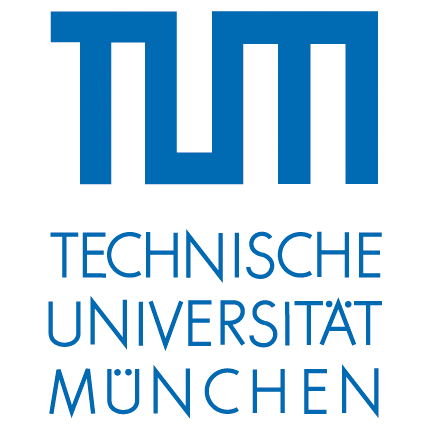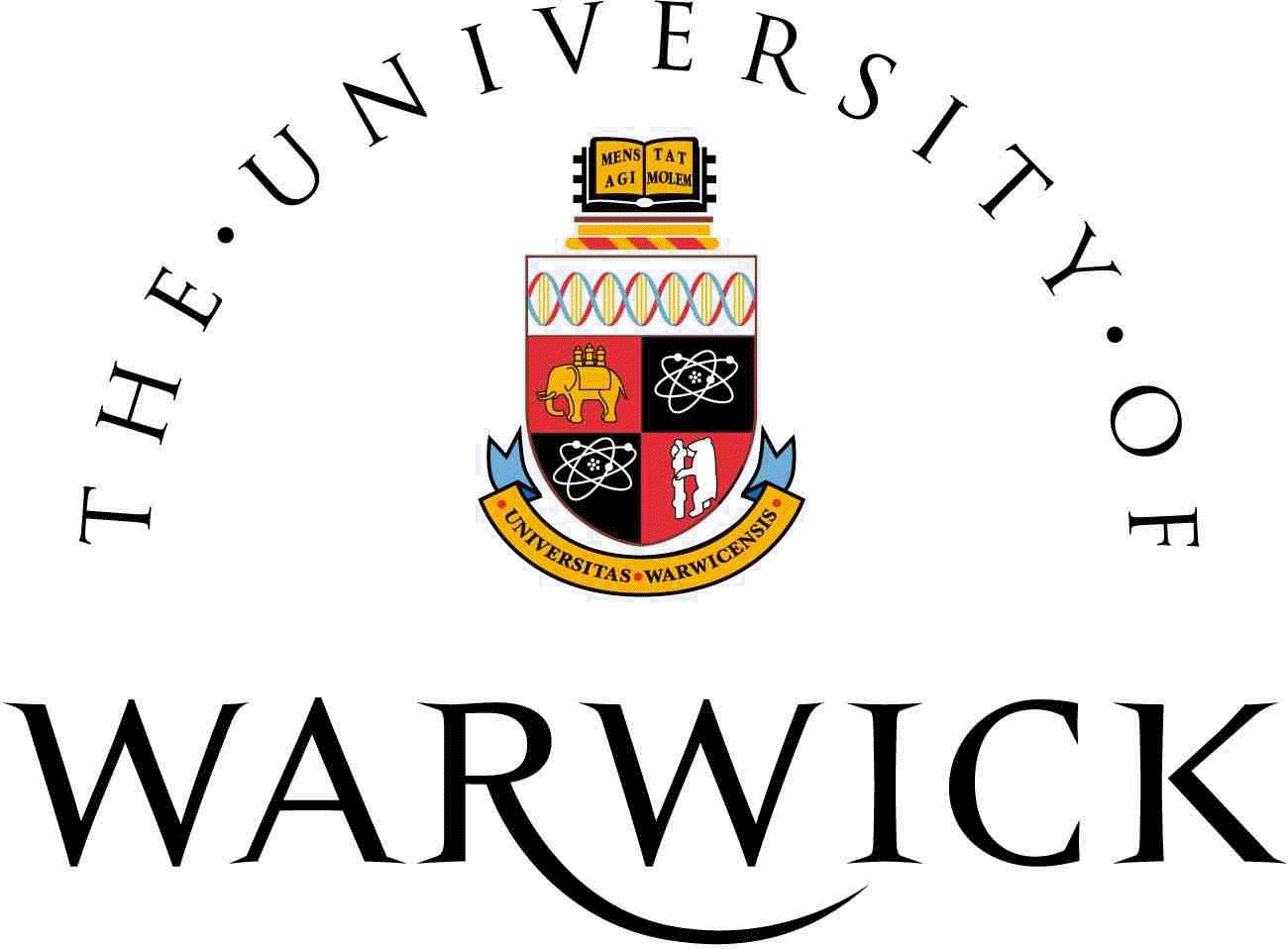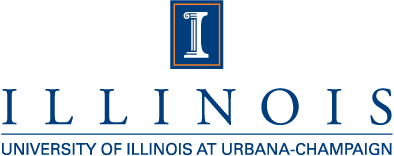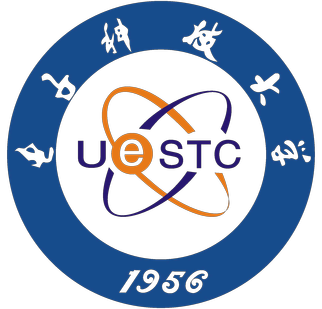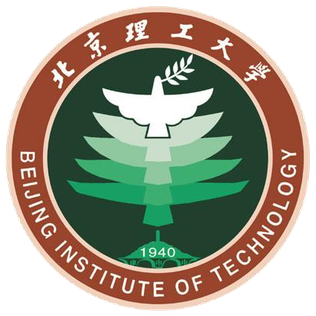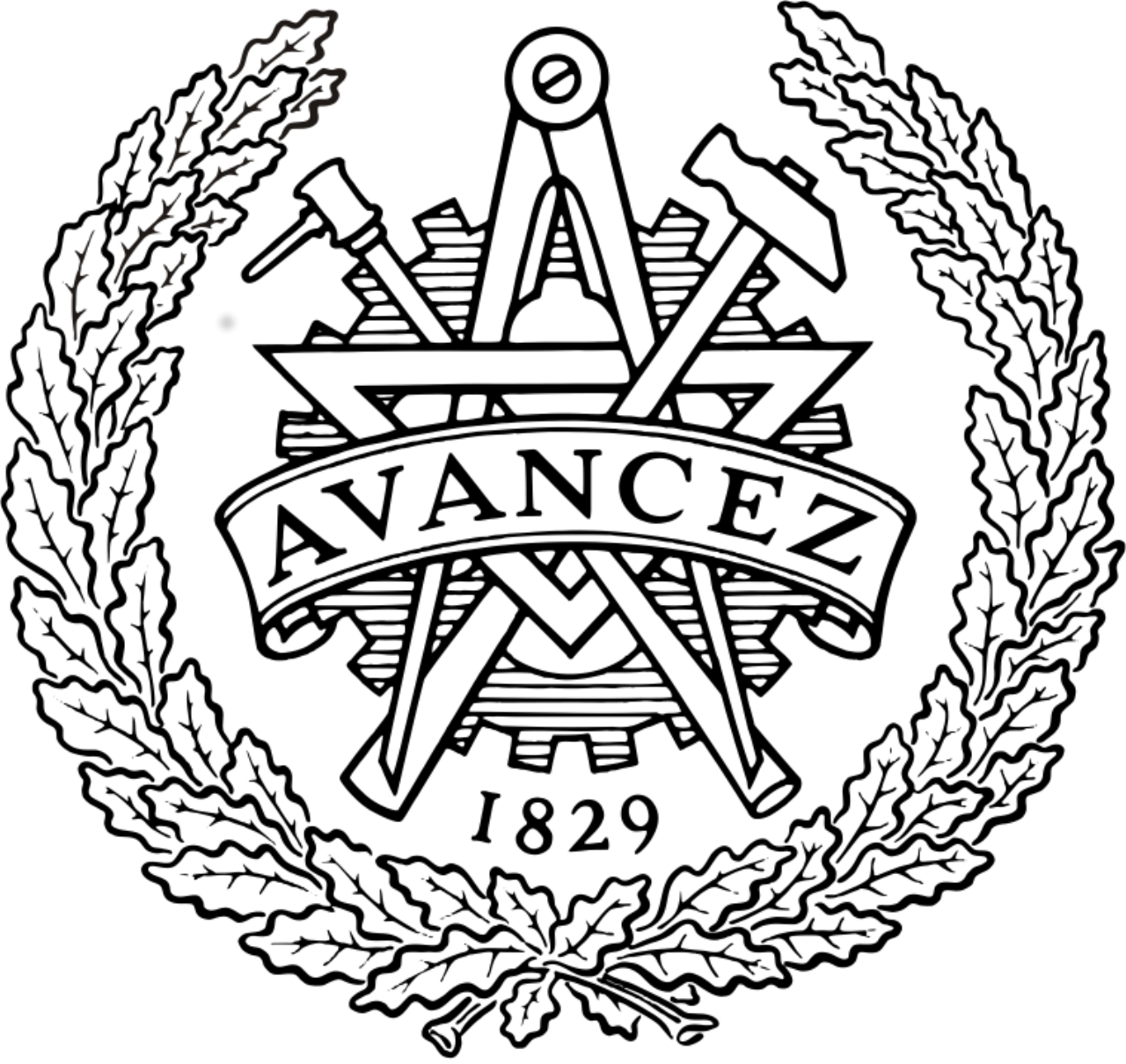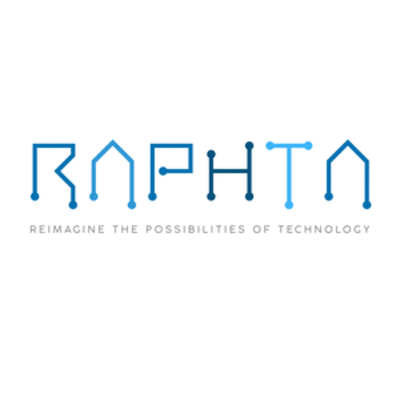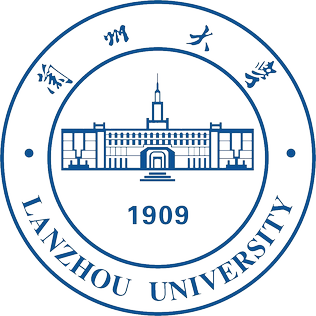It was much easier for me to switch the lectures-based classes I'm teaching to online classes due to Coronavirus pandemic than conducting Labs online. Specifically, it was challenging to deliver a Digital Design Lab I'm teaching at AUC online without breaking some of the Intended Learning Outcomes (ILOs). I feel really proud of how we've managed to cope with such challenge so far!
We enabled each student to connect remotely from his/her home to a PC in the lab to use and access the lab licensed software and tools. The hardware material needed for each lab experiment are physically connected to all the lab machines. We also connect a camera to each PC that monitors the connected hardware to allow students to see it remotely while programming it. Interestingly, we enabled students to mimic pressing hardware push button or switches remotely through their home PC keyboard!
In these images as example, each student, from home, remotely uses Xilinx Vivado to design and develop his/her digital circuit and to program the physical FPGA in the lab, and to remotely see the outcome of their circuits through a camera, while having me and the TA connected with him/her via Zoom. Students can use some keyboard key presses if they want to press a switch or a button on the physical hardware board. In short, students can remotely program, see, and control/interact the hardware and to use the lab software and tools. One picture is old actually to show the lab before switching to online teaching :)
This is a team effort, and I have to thank Dr. Mohamed Shalan and Eng. Amr ElShorbagy for their great contribution to it. This would not have been possible without the full support received from the university and my department (CSE) in terms of providing the cameras and the remote access tools. And for sure I would like to thank my amazing students who showed great levels of agility and cooperation. Also, it's important to mention that any instructor who implements similar approaches should account for the overhead students consume compared to before having all of this online.
Camera Sees the Hardware, and students work remotely from their homes on our empty lab
Students program, see, and control/interact the hardware remotely
Old picture for the lab before switching to online teaching
Students program, see, and control/interact the hardware remotely
Comments like this motivate :)

